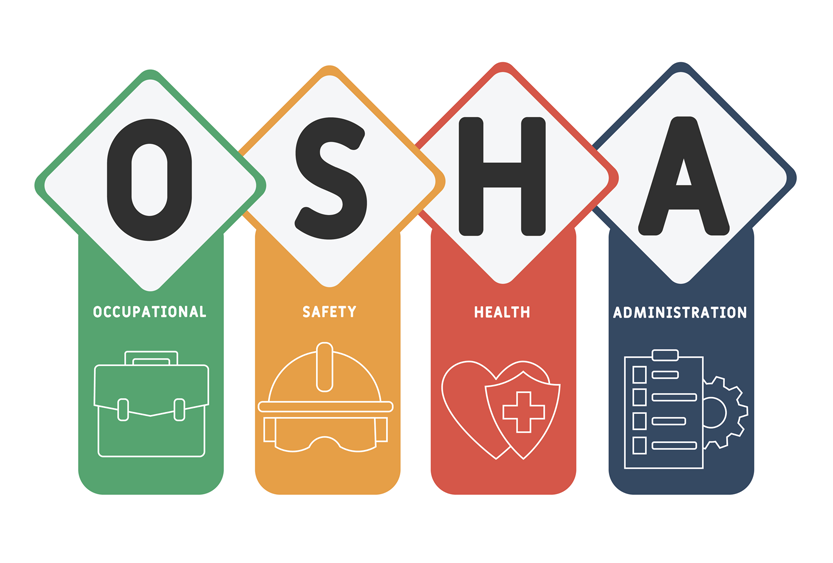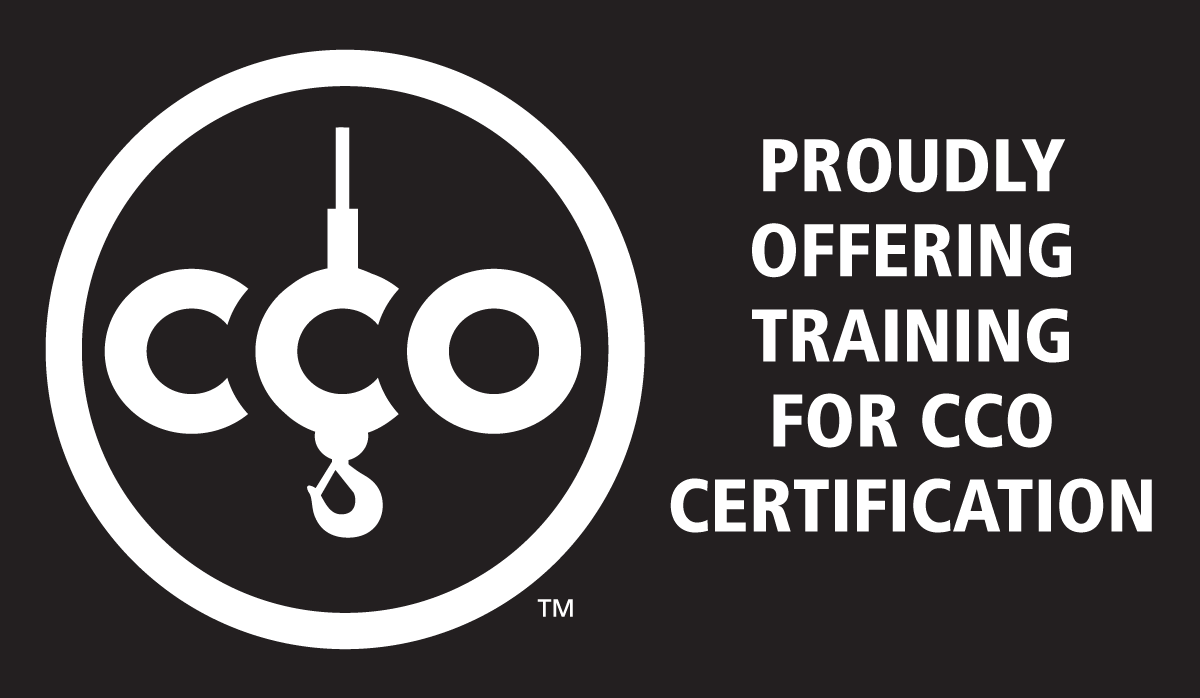OSHA Makes Major Changes to Injury Recordkeeping Requirements

In March 2022, the U.S. Department of Labor’s Occupational Safety and Health Administration (OSHA) proposed more stringent rules when it comes to reporting work-related injuries and illnesses. These changes affect various medium- to large-sized companies across the country and pose significant complications for smaller operations that fall within the thresholds.
OSHA was created to apply federal oversight and uniformity to how companies train, equip, and protect their employees. As a part of that, certain employers have for years been required to submit accident and illness data to OSHA. The agency uses that data in multiple ways, including creating year-end snapshots of work-related injuries and illnesses in nearly every industry in the country, from retail establishments to construction companies, as well as for ongoing analysis to spot safety violations and trends quickly and to make changes to improve workplace safety. This data is also collated into publicly accessible reports released annually.
In recent years, submission of this data has switched to digital transmission to lessen the amount of paperwork and mitigate the likelihood of information becoming lost in transit.
Now, amendments to OSHA’s occupational injury and illness recordkeeping regulation 29 CFR 1904.41 require many more companies to submit this data and require the transmission of additional information that companies previously were not required to submit unless requested.
Summary of Changes to the OSHA Regulation
Boiled down to their most essential components, the changes to 29 CFR 1904.41:
- Require companies with 100 or more employees in certain high-hazard industries to electronically submit information obtained from OSHA Forms 300, 301, and 300A to OSHA annually
- Update the existing OSHA classification system to further specify the types of industries governed by this electronic submission requirement
- Delete current Form 300A submission requirements for establishments with 250 or more employees that do not fall into one of the designated industries
- Require companies to include a company name when making these electronic submissions
Essentially, hundreds (perhaps thousands) of companies across America that were not previously required to submit such information to OSHA are now required to do so.
The changes also make it necessary for companies operating in designated “high-hazards industries” to submit additional information to OSHA that they were previous required to keep on hand. The two most crucial documents required are a company’s “Log of Work-Related Injuries and Illnesses” and its “Injury and Illness Incident Report.”
What You Can Do to Streamline the Process
To make the process easier, it’s advisable for companies with 100 or more employees operating within the high-risk industries—including companies who employ crane operators—to ensure their OSHA reports are in order and easily accessible. Doing so now will prevent unnecessary and avoidable OSHA entanglements in the future—including costly fines and work stoppages.
You can learn more about OSHA’s Injury and Illness Recordkeeping and Reporting Requirements to ensure your business is up to snuff.




